TASD Plans to Move From Hybrid to Full Time Instruction
The District also reported a positive case of COVID-19 at TAES
The Tyrone Area School District School Board met last evening to discuss a plan to move from a hybrid to a full time instructional model.
At its regular monthly meeting on Tuesday, the Tyrone Area School Board discussed a plan presented by TASD Superintendent Leslie Estep for all middle and high school students to return to full time classes at the end of October.
The board was also made aware of a positive case of COVID-19 in the elementary school that occurred Tuesday, October 6 that has resulted in the quarantine of three teachers and eight students.
According to Estep, due to privacy concerns, there was not much more she could report about the positive case, beyond that precautions were being taken to contact trace and quarantine those exposed to the student.
Most of the meeting was dedicated to discussing a plan to return all students to five day a week in-person learning as soon as is practical.
Over the last six weeks, we have continued to watch COVID case numbers in our region and consulted with state and local health authorities. We have also received feedback from staff, students, and parents regarding the hybrid model and its academic and social-emotional implications
— Superintendent Leslie Estep
“Over the last six weeks, we have continued to watch COVID case numbers in our region and consulted with state and local health authorities. We have also received feedback from staff, students, and parents regarding the hybrid model and its academic and social-emotional implications,” Estep said.
Students at the middle and high school have been on a hybrid schedule in which half of the students attend school while the other half does remote learning since the beginning of the school year.
“It is important that we are able to find a balance between staff and student health and safety and student academic and social emotion progress as we approach the end of the calendar year,” Estep said.
The board reevaluated the hybrid instructional model and discussed Estep’s proposal to return to full time instruction at the end of the first marking period.
“When we looked at in-person instructional days in November and December combined, each student group in the hybrid model would see 16 days. Returning to full time would give all students 32 instructional days,” Estep said.
Feedback on the hybrid system and its repercussions were also shared with the board from high school principal Tom Yoder.
“There are a lot of students, especially on virtual learning days, that are having trouble learning, or aren’t doing anything,” Yoder said. “Many students report that they just can’t learn at home. We can only provide so much when they are not here, but when they are in the building there are a number of different things we can do to help them with their school work.”
Seven of the eight board members present supported students returning to school full time. Board member James Raabe was the dissenting voice.
There are a lot of students, especially on virtual learning days, that are having trouble learning, or aren’t doing anything. Many students report that they just can’t learn at home.
— High School Principal Tom Yoder
Raabe is concerned about the rising COVID-19 cases in the area and feels that given the proper tools, students could be successful with online learning if teachers were given the proper professional development to improve remote instruction.
“I don’t think we are spending enough time thinking about how we can teach in these models. Our focus should be on how we can teach in these realms,” Raabe said. “I think we still need to look at our instructional model and how we are actually doing these classes. I’m not trying to make the teachers out to be bad guys, but I don’t think we are reaching kids the way we could with the alternative methods.”
If the board accepts Estep’s proposal next Tuesday, there are still issues that need to be worked out before all students return to the middle and high school.
The most difficult issue acknowledged by Estep and Yoder was that with all students present it will be difficult, if not impossible, to continue to follow the recommended social distancing guidelines.
“We are aware that social distancing will become more of a challenge in some class periods and we will work together to develop viable solutions,” Estep said. “A viable option for classes that are not going to be able to social distance is to look at the availability of our bigger spaces and areas to have those classes at certain times of the day.”
Estep stressed that precautions such as face coverings, social distancing rules, and increased sanitizing of classrooms and public areas currently being enforced will continue.
The board will vote on the proposal next Tuesday, October 13th at 7 pm.
Even if the board votes to return students to full time instruction, Estep said that she will continue to monitor the situation and adjust as needed.
“I don’t know what this school year is going to bring but I believe that we will need to keep evaluating this situation as we move throughout the school year,” Estep said.
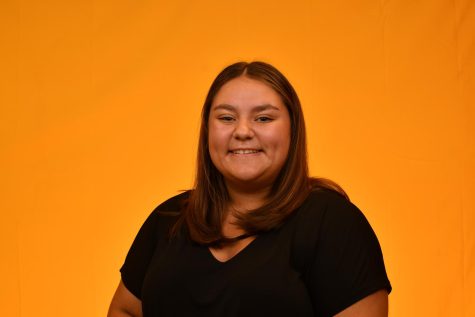
This is MacKenzie! She is a Senior at Tyrone High School and this is her fourth year in Eagle Eye. After graduating, she plans to attend Penn State to...



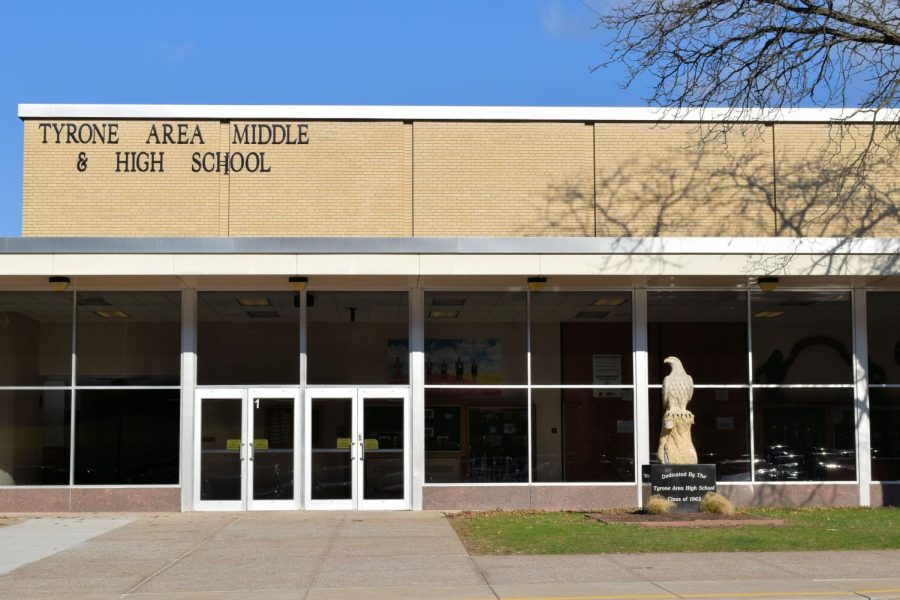
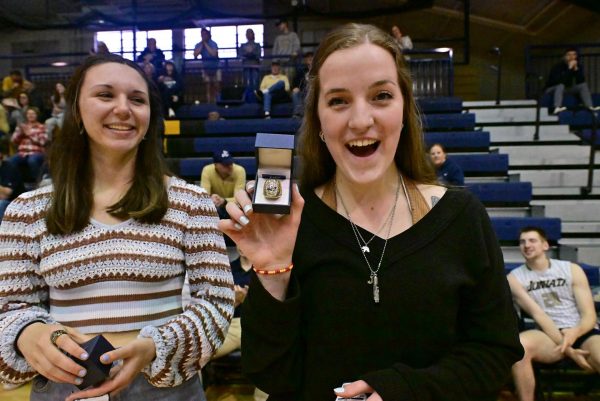
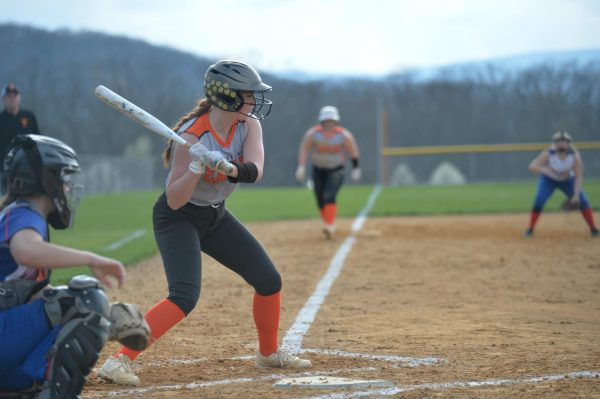

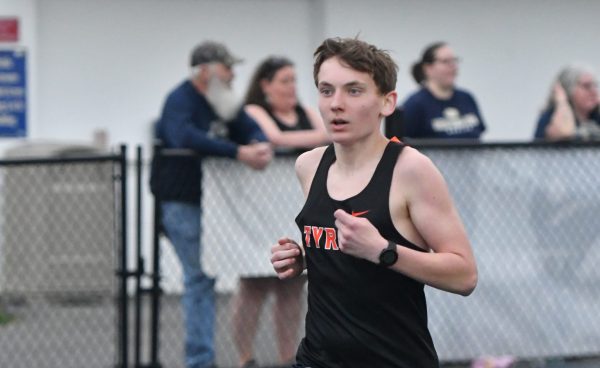
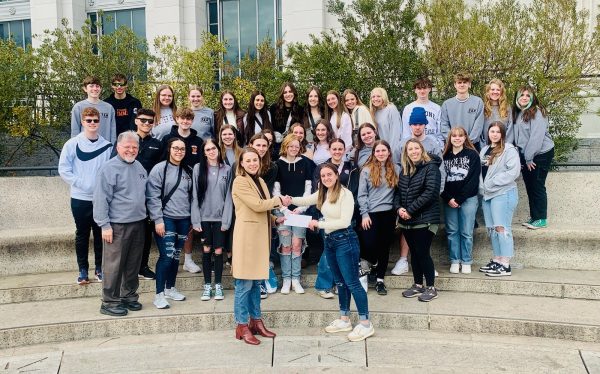
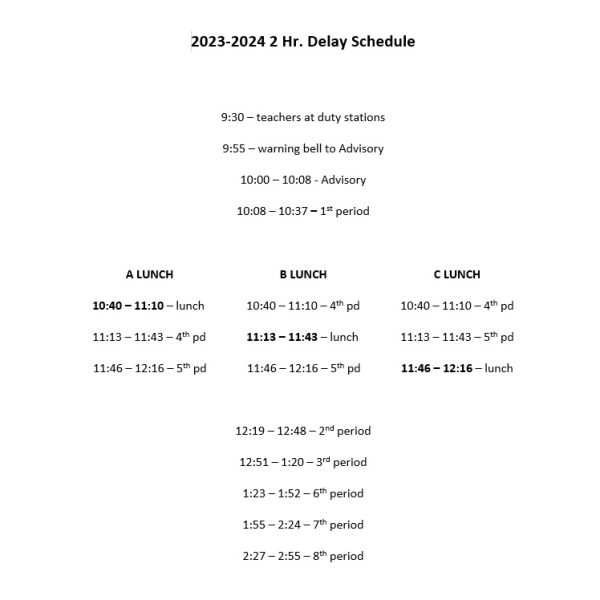
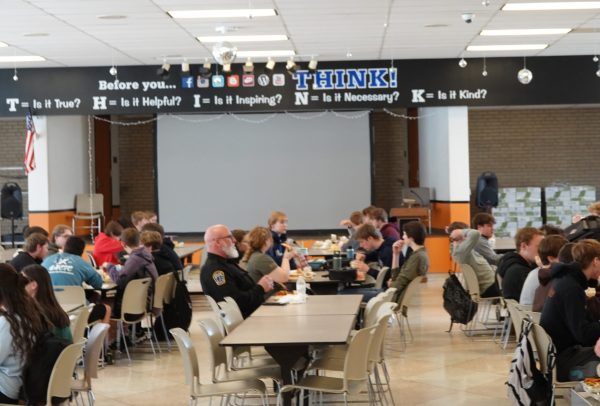
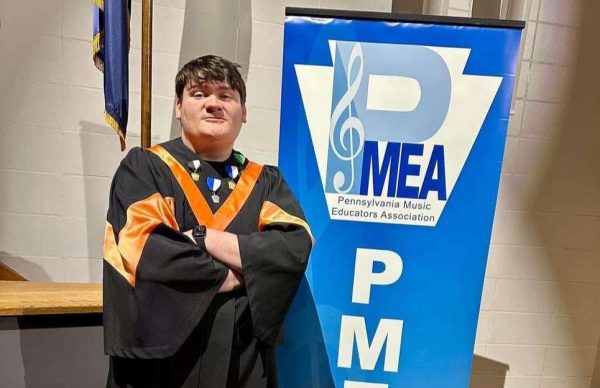
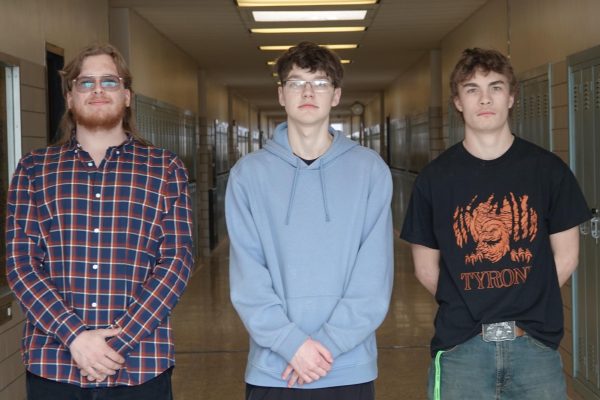
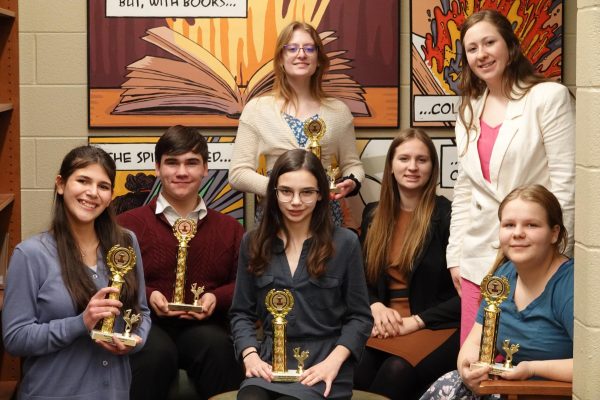
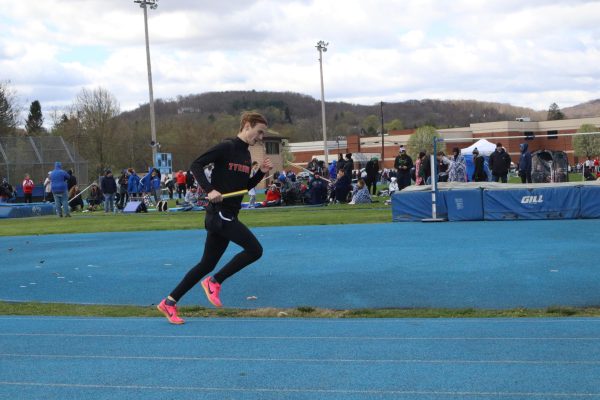
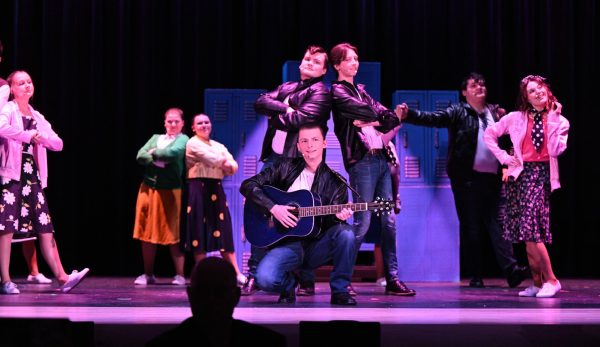
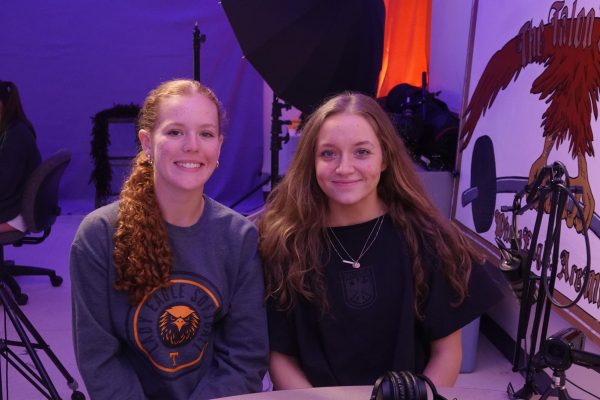
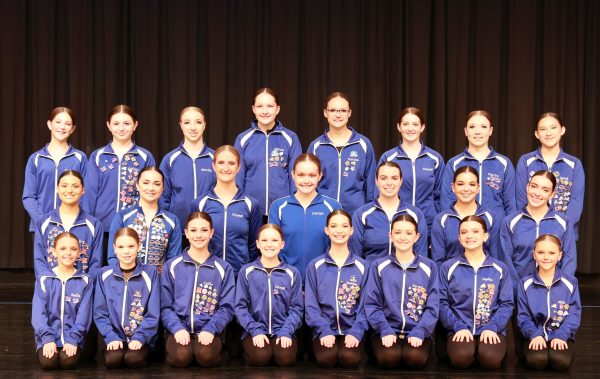
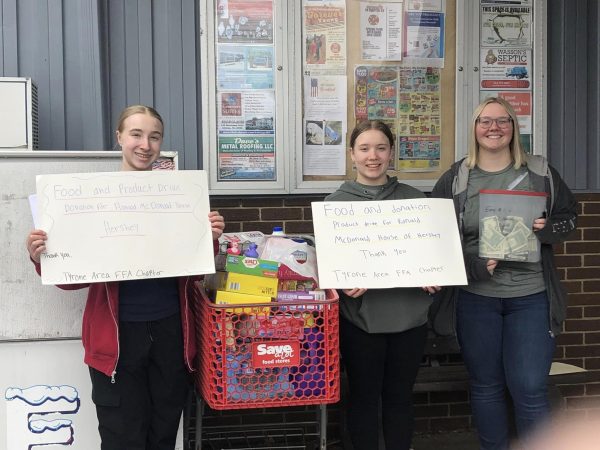
Leah Hamer • Oct 8, 2020 at 5:16 am
I am thankful for the move to in person schooling. I believe the hybrid learning is ok in a pinch but really has no challenge for these kids. I personally want my son to be challenged daily to want to learn and excel not just coast through. If parents/children are uncomfortable with the move, the on line option is still available for you to utilize. Realistically no one is taking that option away, they are simply adding the option to attend school.
Jeremy Rice • Oct 8, 2020 at 2:42 am
Everything is based parent pressure , they do not take us as students the ones who will be more at risk the facts that some live with elderly nd have potential of perishing because some kids can’t pay attention and do as instructed is just not a good choice for our school at this moment
Abby Coffey • Oct 7, 2020 at 3:22 pm
My son is excelling at hybrid. I DO NOT feel safe with a return to full time. If that happens, I guess our only option is to do the cyber academy. Blair county cases have reached 810 and now one case in the school. This decision defies logic.
Laura Stone • Oct 7, 2020 at 1:53 pm
Do we really want a bigger out break than what we have now in Blair county? I don’t think so. Please have second thoughts about the kids going back to full time. I am very concern about sending the kids about.